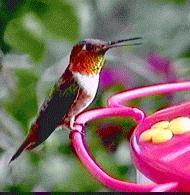
The Allen's Hummingbird is common only in California. It is similar to a Rufous Hummingbird, but it has a green back.
Allen's
Hummingbird

The Allen's Hummingbird is common only in California. It is similar to a
Rufous Hummingbird, but it has a green back.
Anna's
Hummingbird
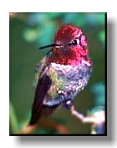
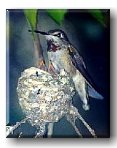
The
Anna's Hummingbird is common in California. More than any other North American
hummingbird, it sings.
Berylline Hummingbird

The
Berylline hummingbird is a rare, but regular visitor to the "Mexican
Mountains" of southeastern Arizona. There are a few nesting records.
Black-chinned Hummingbird
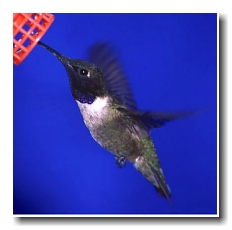
The
Black-chinned Hummingbird is the most common hummingbird in the western half of
the United States.
Blue-throated Hummingbird


The Blue-throated Hummingbird is found in mountain valleys near the Mexican border. It is much larger than most other North American hummingbirds
Broad-billed
Hummingbird

The
Broad-billed Hummingbird is found in the mountains south of Tucson.
Broad-Tailed
Hummingbird
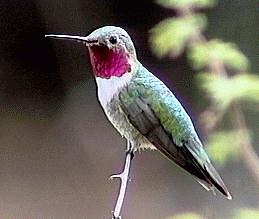
The
Broad-Tailed Hummingbird nests in the Rocky Mountains. The adult male makes a
loud whirring sound.
Costa's Hummingbird
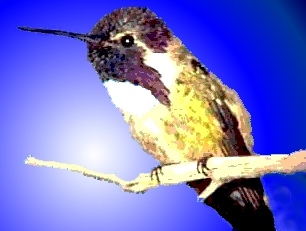

Male
Female
This is a bird of the desert in California and Arizona.
Calliope
Hummingbird

This is the smallest hummingbird in the United States. It nests in the Rocky Mountains and Sierras.
Lucifer
Hummingbird

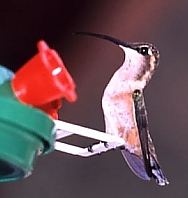
The Lucifer Hummingbird is found on agave-covered foothills in the mountains near the Mexican Border. It has a decurved bill and a forked tail.
Magnificent
Hummingbird
: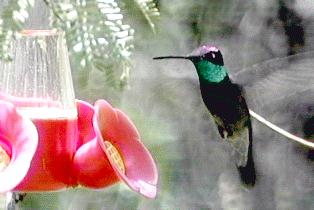
This large, dark hummingbird is found in southwestern mountains that are not far from Mexico.
Rufous
Hummingbird

The
Rufous Hummingbird nests in the northwest all the way up to Alaska. It is often
abundant in migration throughout the west. It occasionally shows up in the
southeast during the winter months
Sicklebill Hummingbird

The sicklebill is a tropical hummingbird specially adapted to feed on one common flower most hummers just can't get their beaks into, the Heliconia, which protects its nectar at the bottom of a long, curved tube. So the sicklebill is more of a specialist.
Swordbill Hummingbird

The Swordbill Hummingbird pollinates the
Datura, which has a 13-centimeter long blossom that hangs downward. Only the
Swordbill hummingbird can come underneath the flower and put his seven to
eight-centimeter-long bill up inside, and with his tongue go even farther and
pollinate that flower. No other insect or bird is known to pollinate that
flower, so it would simply die if that bird becomes extinct.